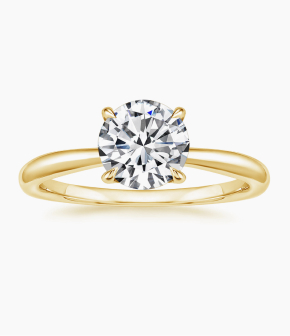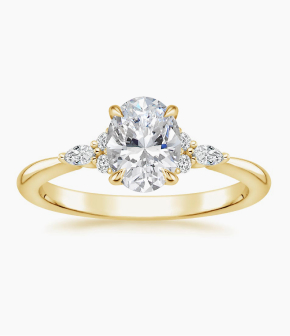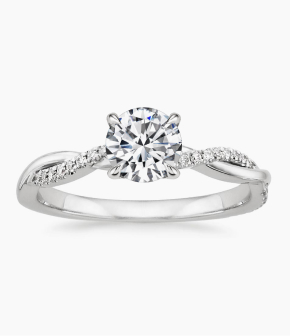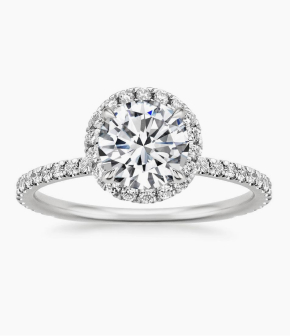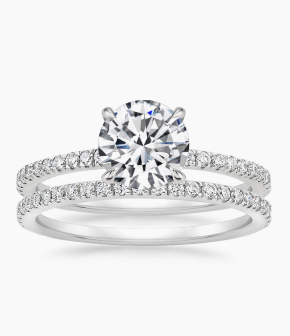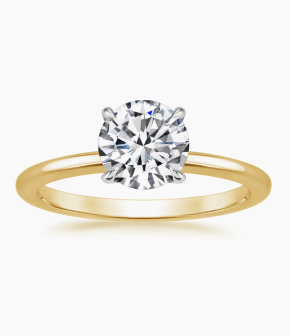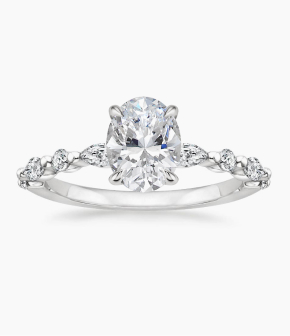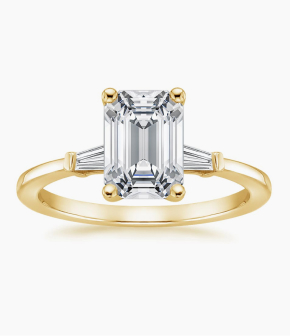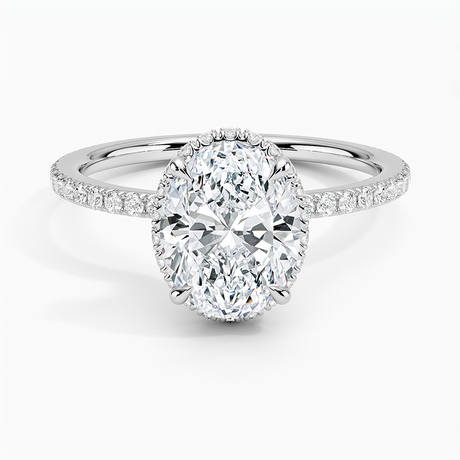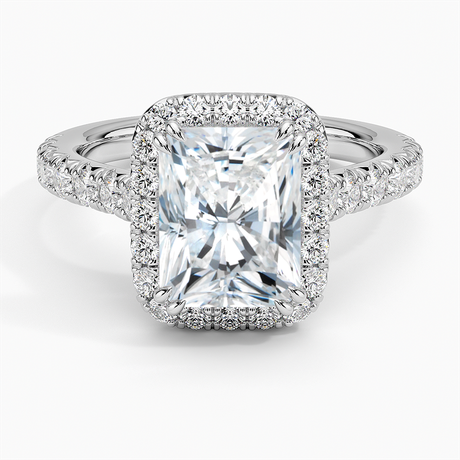When choosing a halo engagement ring, several factors should be considered. Firstly, the shape of the center stone plays a significant role, as the halo design complements various diamond shapes, such as round, cushion, and princess cuts. Secondly, the size of the center stone is crucial, as the halo can create the illusion of a larger diamond; however, it's essential to ensure that the center stone is proportionate to the halo. Additionally, the choice of metal type is an important decision, with popular options including platinum, white gold, and rose gold. The width of the band also matters, as a wider band provides more stability for the center stone, while a thinner band offers a more delicate appearance. Lastly, the overall style of the ring can be influenced by the style of the halo and the band, allowing for classic, vintage, or modern looks.













